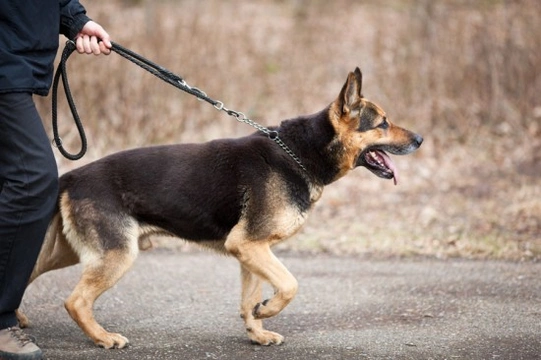
Walking the Dog: Essential First Steps for Enjoyable Walks
Walking your dog can be one of the most enjoyable parts of having a canine companion, fostering both their physical health and their happiness. However, for many people, challenging behaviours during walks turn this experience into a stressful chore. If you find yourself dreading the walk because of your dog’s behaviour, you are not alone, and this guide is here to help you find calm and success together.
Step 1: Taking a Break and Refocusing on Training
If walking has become stressful, the best initial action is to stop the usual walks temporarily. This does not mean neglecting your dog’s need for exercise, but rather exchanging the stressful walks for focused training sessions. These sessions can be just as physically engaging and mentally enriching. A short-term pause on full-length walks, lasting a few days or weeks, is a small sacrifice to make for a lifetime of better behaviour and more enjoyable outings. During this time, remember that you are the leader who decides when walks happen; changing established routines can break patterns of over-excitement.
Step 2: Desensitising Excitement Triggers at Home
Many dogs become over-excited as soon as their owner picks up their walking gear or says the trigger word like “walk.” To counter this, practise putting on your shoes, coat, or lead without actually going out. Ignore your dog’s excitement and stay calm. By repeatedly doing this and stopping when your dog over-reacts, you teach them these cues no longer mean immediate action. In time, the excitement levels will settle and the frantic anticipation will cease, making preparation smoother and less fraught.
Step 3: Calm Lead Preparation
Putting on the lead calmly is crucial. Your dog should not have to be caught or wrestled to get ready. Call your dog to you when you start putting the lead on and stop immediately if they begin jumping, fidgeting, or spinning. Using a “three strikes” approach can be helpful: pause and wait twice, then if the behaviour persists a third time, put the lead down and try again after a short break. Always praise your dog when they allow the lead to be attached calmly.
Step 4: Leading Through Doorways
In the wild, the leader of the pack goes first to investigate safety. When you open the door to go outside, you must lead, going through the door first. Start by opening the door just a crack and practice waiting for your dog to hang back calmly before progressing. Practising this in a safe, enclosed garden without a lead can help reinforce the behaviour. When your dog waits calmly for you to lead, it sets the tone for the entire walk.
Step 5: Addressing Pulling on the Lead
Pulling is a common frustration and often stems from the dog trying to lead the walk or chase scents. Avoid gadgets that promise quick fixes, as they can cause harm and do not teach lasting lessons. Instead, use patience and consistency: when your dog pulls, stop walking and wait until they relax, then continue together. Alternatively, change direction or step backwards to gain your dog’s attention. Practise walking on a loose lead inside the house or garden first, rewarding focus and calm walking regardless of exactly where your dog walks, as long as the lead stays relaxed.
Consistency, Patience and Progress
Improving your dog’s walking behaviour is a gradual process requiring consistent effort and patience. Each small step forward is a victory. Even if progress is slow, do not revert to old habits of letting your dog pull or jump during lead fitting, as this undermines your leadership and the lessons you are teaching. Fostering calm, respectful walks will strengthen your bond and ensure future outings are stress-free.
This guide covers the important foundational steps for better walks. Part 2 will explore how to deal with distractions, fears and excitement when you are outside properly, as well as how to enjoy safe off-lead experiences.



